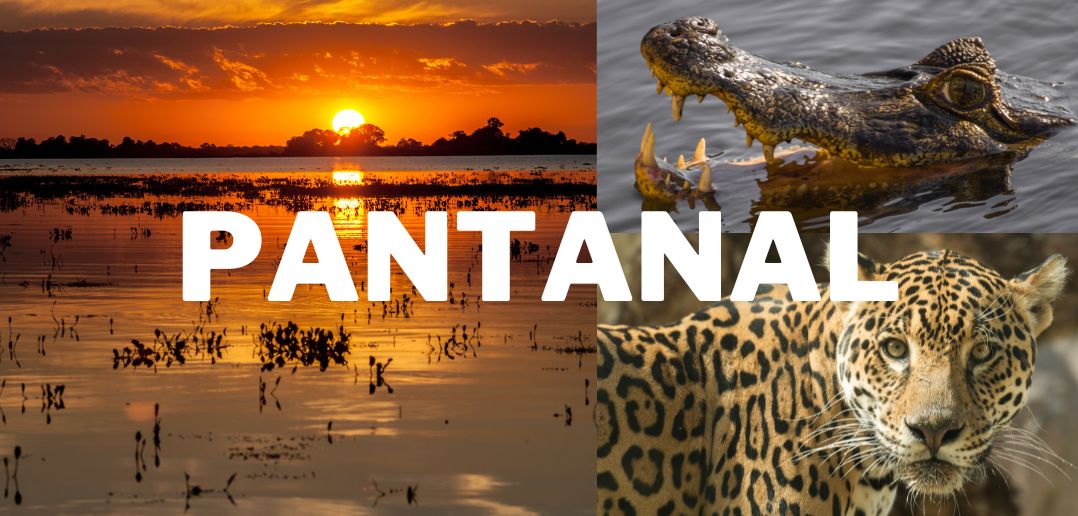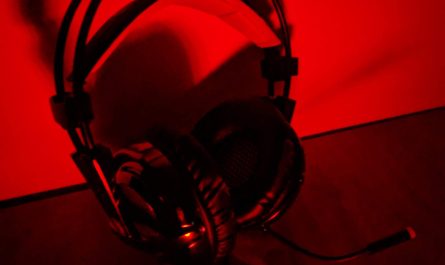Ok, are you prepared for that!?
We are talking about the largest floodplain in the world, in the west part of oBrazil. It is there that life explodes in natural colors. Beautiful forests, rivers, lakes, an abundant and wild fauna.
The Pantanal attracts tourists from all over the world to get to know the Brazilian biodiversity. Among fish, birds, mammals, reptiles, and farms, Pantanal life invites you to a glimpse of the best that the interior of a tropical country can provide.
Where is the Pantanal?
There are two regions to visit, the so-called North Pantanal, in the state of Mato Grosso. And the South Pantanal, in the state of Mato Grosso do Sul.
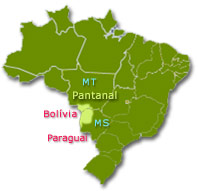
The region makes reference to the Pantanal biome, which covers more than 230,000 km² and passes through the territories of Bolivia and Paraguay as well.
In Brazil, the region occupies an area of almost 150,000 km², and is much more expressive than in our South American neighbors.
Although the main tourist rivers and the wild part are more to the west in the states of Mato Grosso and Mato Grosso do Sul, in the capitals Cuiabá and Campo Grande you can already notice the presence of the characteristics of the Pantanal biome.
The Characteristics of the Pantanal Biome
An extensive area of floodplain, the biome is characterized above all by its flooding in the rainy season.
During the rainy season, the rivers become voluminous, which, added to the flat terrain, becomes all soaked, forming a large swamp.
During the drought, when the waters recede, the newly flooded land is well hydrated and rich in nutrients, which encourages the characteristic green vegetation to flourish.
The Biodiversity of the Pantanal
The diversity of plant and animal species has led UNESCO to consider the Pantanal a World Natural Heritage Site and Biosphere Reserve.
Learn about the diversity found in the region:
- 3 500 species of plants (terrestrial and aquatic);
- 463 species of birds;
- 130 species of mammals;
- 170 species of reptiles;
- 300 species of fish;
- 40 species of amphibians.
- Some species are true symbols of the Pantanal, such as the caiman, the tuiuiú, the onça-pintada, the sucuri, the giant otter, the piranha, the dourado, the tapir.
Here are some pictures of the symbols of Pantanal:

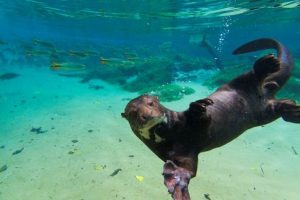
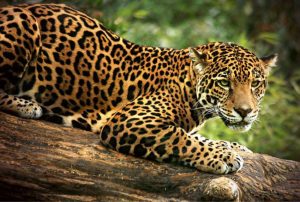

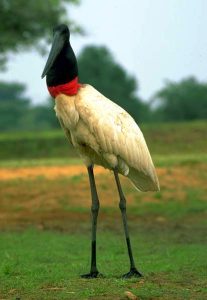
How to get to the Pantanal?
If you are going to visit the Southern Pantanal, the best thing to do is take a flight to Campo Grande, in Mato Grosso do Sul. From there you can take a shuttle to Corumbá, known as the capital of the Pantanal. The city is a reference for tours and getting to know the region, or even staying in one of the famous lodges and farms in the Pantanal. The trip takes just over 3 hours by car.
It is worth mentioning that nearby is the city of Bonito, which includes several attractions from the state of Mato Grosso do Sul, which you can extend on your trip to the South Pantanal.
In the North Pantanal, the best option is to go to Cuiabá, in Mato Grosso. From there, drive to the town of Poconé, where the North Pantanal actually begins.
The trip is relatively fast, taking a little more than an hour. And from there you can take some paths through the famous Transpantaneira, which crosses the Pantanal. It is also the starting point of some of the famous boat trips, which sail the riv ers in search of a legitimate contact with nature.
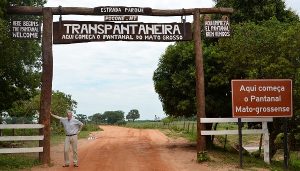
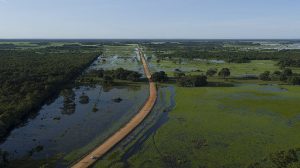
The Climate of the Pantanal and when to travel?
The climate is predominantly tropical, characterized by two well-defined seasons, winter and summer. The temperatures are always warm, but a little milder in winter.
Winter occurs from April through September, when there is no rain, and the average temperature is around 25ºC.
Summer runs from October through March and has more regular rainfall and higher temperatures, around 30ºC (86ºF).
The flooded period starts at the beginning of the year and is at its peak between February and March. After this, the dry season begins, which lasts until mid-September.
It is important to point out that it is possible to visit the region all year round, but in very different ways.
The best time to see animals is from April through September, the driest period for them to leave to inhabit the rivers.
In this post, we will focus on North Pantanal and what you need to know to plan your ecotrip to this amazing wild place!
If you want to see lots of animals and wild life, the best time to go to the North Pantanal is between July and October, during the dry season. This is also the time when it is easiest to get around. Obviously, prices go up and the lodges get (even) more crowded .
The starting point is The Transpantaneira road, it is an almost 150 km long road that connects Poconé to Porto Jofre, on the border with Mato Grosso do Sul. It is along this road that the most touristy part of the North Pantanal moves. The inns, campgrounds and hotels are scattered all along its length.
Only the first few kilometers are paved, there is no lighting and even less gas stations on the way. To avoid any trouble, fill up the tank in Cuiabá and fill it up again when you get to the center of Poconé (this will be the last chance to do so).
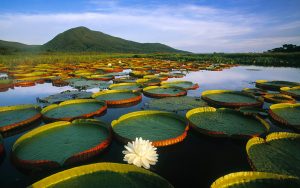
What to do in North Pantanal?
In general, the attractions in the Mato Grosso Pantanal begin even before reaching the final destination. On the way through the Transpantaneira, nature already begins to show its face and it is possible to see dozens and dozens of birds crossing the road, as well as alligators standing very close to the road.
The tours themselves are usually operated by the lodges. And most of them have a very similar “menu” of options. The classics are trails through the fields, boat trips to see the sunrise and sunset, photographic safaris, nocturnal alligator spotting…
I’ll tell you in advance that, although it is a peaceful trip and a trip to contemplate nature, there is no need to be lazy. The best time to see all the animals is early in the morning, around dawn, or late in the afternoon. It is at these times that the tours usually take place. For this, it is necessary to wake up early almost every day.
